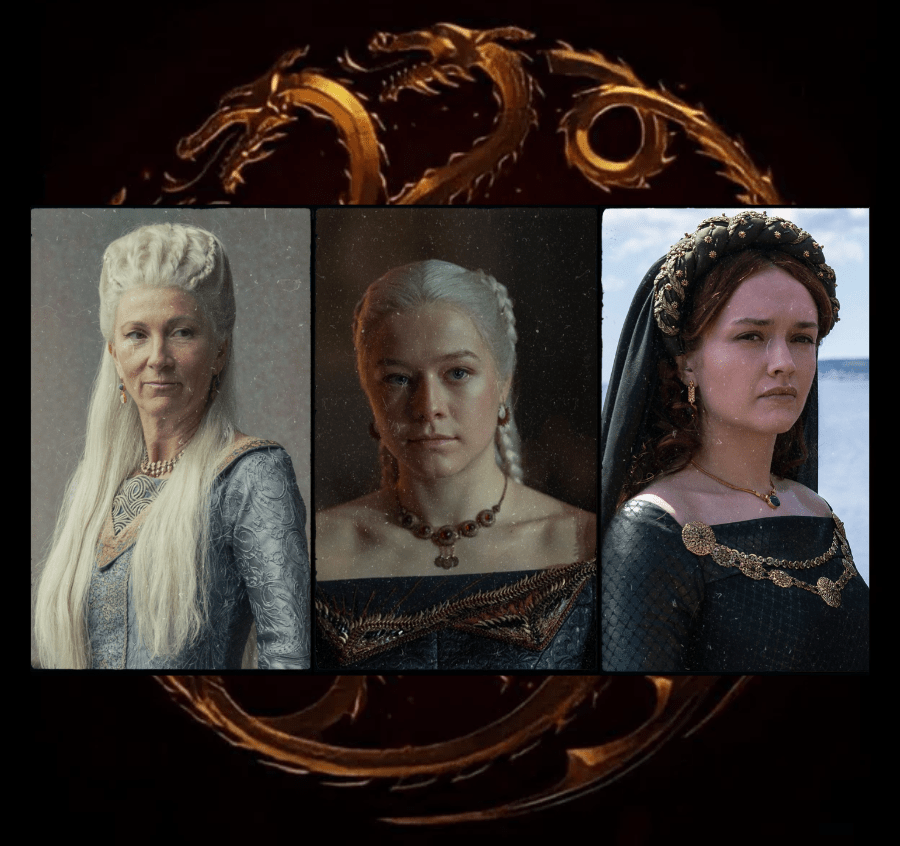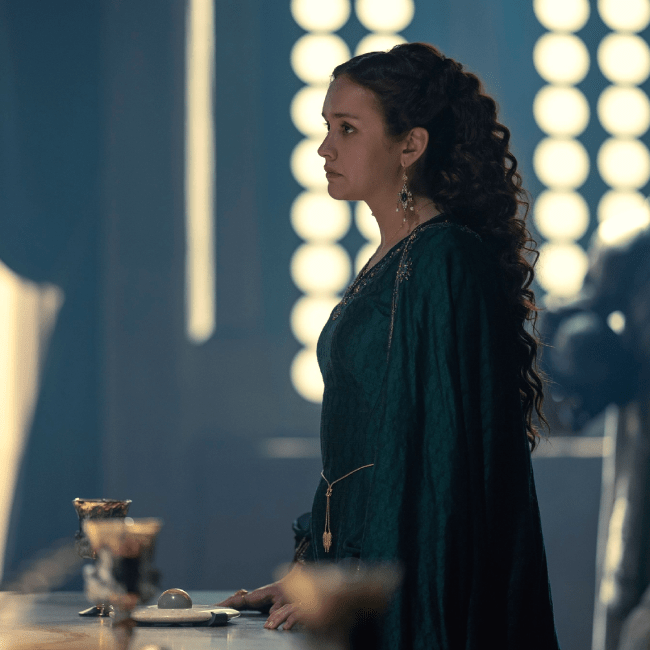House of the Dragon: Women in a World of Men

The House of the Dragons TV series single-handedly revived the Game of Thrones fandom in its 10-episode Season 1. Set roughly a hundred years before the Westeros we knew, loved, and hated, colorful characters surround the Iron Throne. Like its predecessor, House of the Dragons provided unique narratives and literary substance to progress the story in form of its characters. In this article, we’ll talk about women like Alicent Hightower, and how her character plays out in the series.
Women by George R.R Martin

One of the most common themes in George R.R Martin’s Universe is the plight of women. On Game of Thrones, we had Sansa Stark and Cersei Lannister take on the mantle of this role. Sansa’s transformation from a distressed princess to Queen of the North tells a story of strength and perseverance. Cersei also had a similar tale, although her stronghold for power is innate and her use of it defines her storyline. Both destroyed the norm imposed on them as the season went, on and made it work for them instead of against them. Martin’s approached this by putting both characters in almost dire situations, helped by men, but learning to stand on their own.
Arya Stark and Brienne of Tarth triumphed similarly, albeit the difference in circumstance to the first two characters above. They are characters that have no intentions of being your run-of-the-mill maidens. Their femininity serves as literary tools to catch a glimpse of their status quo. They’ve mastered their strength, honed their craft, and served till the end of the show through herculean adventures.
HotD’s Alicent Hightower

For House of the Dragon, we have Alicent Hightower, daughter of the Hand of King Otto Hightower. She was introduced as the confidant of Princess Rhaenyra Targaryen but later became the Queen following the death of Aemma Targaryen.
Alicent does what she is told, a goffer for her father with ulterior motives. In her defense, however, she does this with intention of serving the good of her family. Since then, she’s been Queen of the realm and responsible for birthing and mothering the King’s heir. This remotely describes the struggle women had under medieval patriarchy, and the role they had to play. This “role” often reduces women below men, despite capabilities and merit, to a supporting figure.
Alicent withheld power to play the role she was made to do. Granted, she created leverages using the power of her position, but her character never transcended the chains of the social norm. This made her a stark contrast to the other Targaryen women, like Rhaenyra and Rhaenys, who had the agency to the narrative. Rhaenys and Alicent had before Aegon II coronation encapsulates this very well:
“You are wiser than I believed you to be, Alicent Hightower… and yet you toil still in service to men. Your father, your husband, your son. You desire not to be free but to make a window in the wall of your prison. Have you never imagined yourself on the Iron Throne?”
In a sense, this gives the story a bleak depiction of reality where there is only an existing dichotomy for women: conform or transform. Alicent in this season belongs to the former, where servitude remains to be the bulk of her purpose. The men of her house birthed the character she is today and would become in the future. Meanwhile, Rhaenyra and Rhaenys visualize to what extent women needed to become in order for them to be taken seriously. Women in the land of Westeros meticulously reflect our history and to some extent, the reality we face today.
Without dragons and kings, House of the Dragons and the 21st century vary only through a very tight margin.
Want to read more articles like this? Read here!
Milo is the living embodiment of his hobbies: gaming, public speaking, and writing. As an extroverted entertainer, his writing is usually flavored with humor and creative descriptions of his chosen topic. Despite this, he has the discipline to write compelling tales and hard-hitting facts with ease. As a public speaker and a journalist, he loves nothing but the pursuit of the objective truth.






